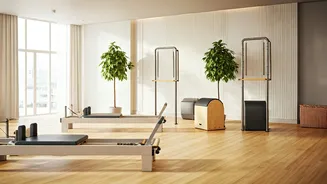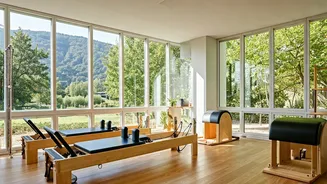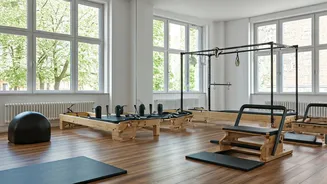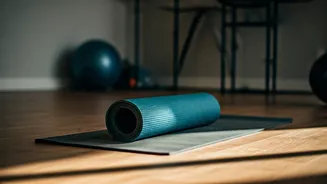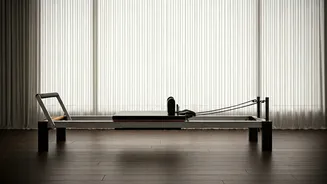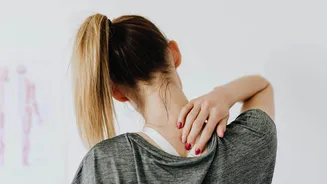Pilates: Mind-Body Connection
Pilates is a form of exercise that emphasizes the connection between your mind and body. Unlike traditional gym workouts that may focus solely on building
muscle, Pilates prioritizes precise movements and controlled breathing. This mindful approach helps enhance body awareness and promotes a deeper understanding of how your muscles work together. Pilates concentrates on strengthening the core, which supports good posture and balance. With Pilates, there is less strain on the joints, and the focus is on functional fitness. This is about improving your overall well-being, both physically and mentally. It is a more holistic approach to exercise, suitable for people of all fitness levels.
Posture and Core Strength
One of the primary advantages of Pilates is its ability to improve posture from the core outward. By engaging your core muscles, Pilates helps stabilize the spine and encourages proper alignment. This, in turn, can alleviate back pain and improve balance. Consistent practice strengthens the deep core muscles that are often neglected in traditional workouts. This results in a stronger, more stable core. This is essential for everyday activities and can also reduce the risk of injuries. Pilates exercises teach you to maintain correct posture throughout all your movements, promoting better body mechanics both during exercise and in daily life. This emphasis on alignment can positively affect your physical appearance and overall sense of well-being.
Flexibility and Mobility Gains
Pilates is exceptional at enhancing flexibility without the risk of overstretching. Unlike some exercise forms that can strain the joints, Pilates uses controlled movements that gently increase the range of motion. This can lead to greater flexibility and improved mobility. The exercises lengthen and stretch muscles, helping them become more supple and less prone to injury. The focus on controlled breathing and mindful movement also contributes to relaxation, allowing muscles to release tension. This can improve your ability to move with ease and grace. Increased flexibility also supports improved athletic performance and helps in the prevention of age-related decline in movement. Pilates helps your body feel more flexible and less restricted.
Strength Without Strain
Pilates is designed to build strength without putting excessive strain on the body. Instead of heavy weights and high-impact exercises, Pilates relies on bodyweight resistance and specialized equipment. This approach allows you to build strength gradually, making it suitable for people of all fitness levels. By focusing on controlled movements and proper form, Pilates strengthens muscles safely and effectively. This lessens the risk of injuries that can occur in other types of exercise. Furthermore, Pilates exercises often involve multiple muscle groups simultaneously, leading to a more balanced development of strength. This method promotes a strong, lean physique without the bulk. By building strength in this way, your body will feel more resilient and capable.
At-Home Pilates Practice
One of the best advantages of Pilates is its accessibility. You can easily do Pilates at home with minimal equipment. Begin by finding a quiet space and using a mat. Many online resources provide guided Pilates routines suitable for beginners. Start with basic exercises to master the fundamentals of breathing and movement. Consistency is crucial, so aim to practice Pilates several times a week. Listen to your body and modify exercises if needed. As you advance, you can invest in equipment such as resistance bands or a Pilates ring. The key is to start slow and gradually increase the intensity and duration of your workouts. Make sure to breathe deeply throughout the exercises to maximize the benefits. Remember, the journey towards a stronger, more flexible body starts with the first step.
